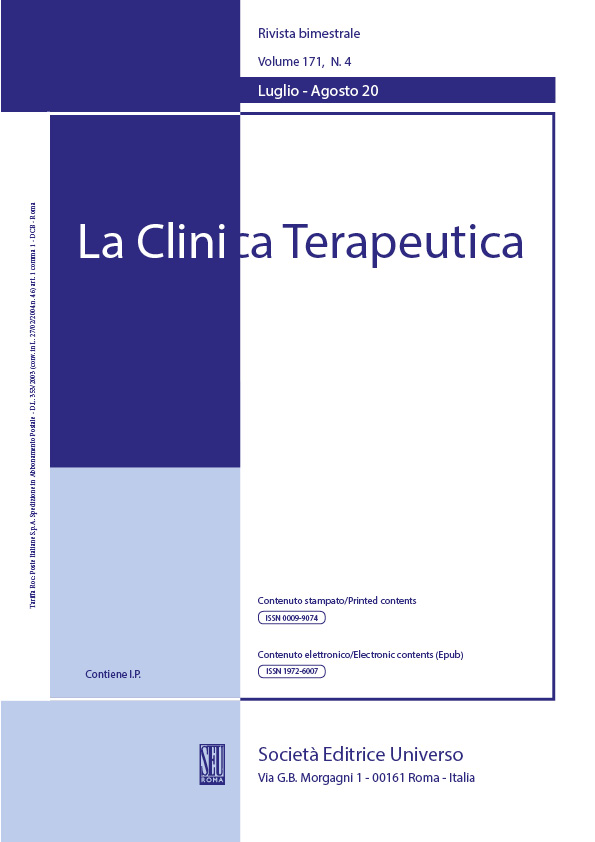Abstract
Objective
The aim of this study is to analyze the quality and quantity of physical activity (PA) practiced by low-risk pregnant women before and during pregnancy.
Design
This cross-sectional study assesses the dietary habits, exercise habits and body mass index. We used an ad hoc health lifestyle multiple choice questionnaire. The data collection lasted 7 months, from the beginning of September 2018 to the end of March 2019.
Population
We recruited 175 Italian women with a singleton, low-risk pregnancy at 32-36 weeks of gestational age.
Results
In the periconceptional period, 52.6 % of women do not perform any PA. For the other 47.4% of women, the most practiced activities, both before and during gestation, are walking and swimming. Data on the sedentariness showed that about a quarter of the population remains inactive watching TV for more than two hours a day. Interestingly, the most statistically significant risk factor for sedentariness is the BMI > 25 kg/m². Therefore, overweight or obese women are more likely to maintain a sedentary lifestyle during pregnancy.
Conclusions and implications for the practice
Our study highlighted a high rate of sedentariness in pregnancy, especially among overweight and obese women. Thus, it is important to undertake interventions aimed at informing pregnant women of various benefits that PA can bring. In particular, because of the significant association between sedentariness and BMI greater than 25 kg/m2, it results crucial to direct these recommendations particularly to overweight/obese pregnant women, addressing them to a healthy lifestyle
